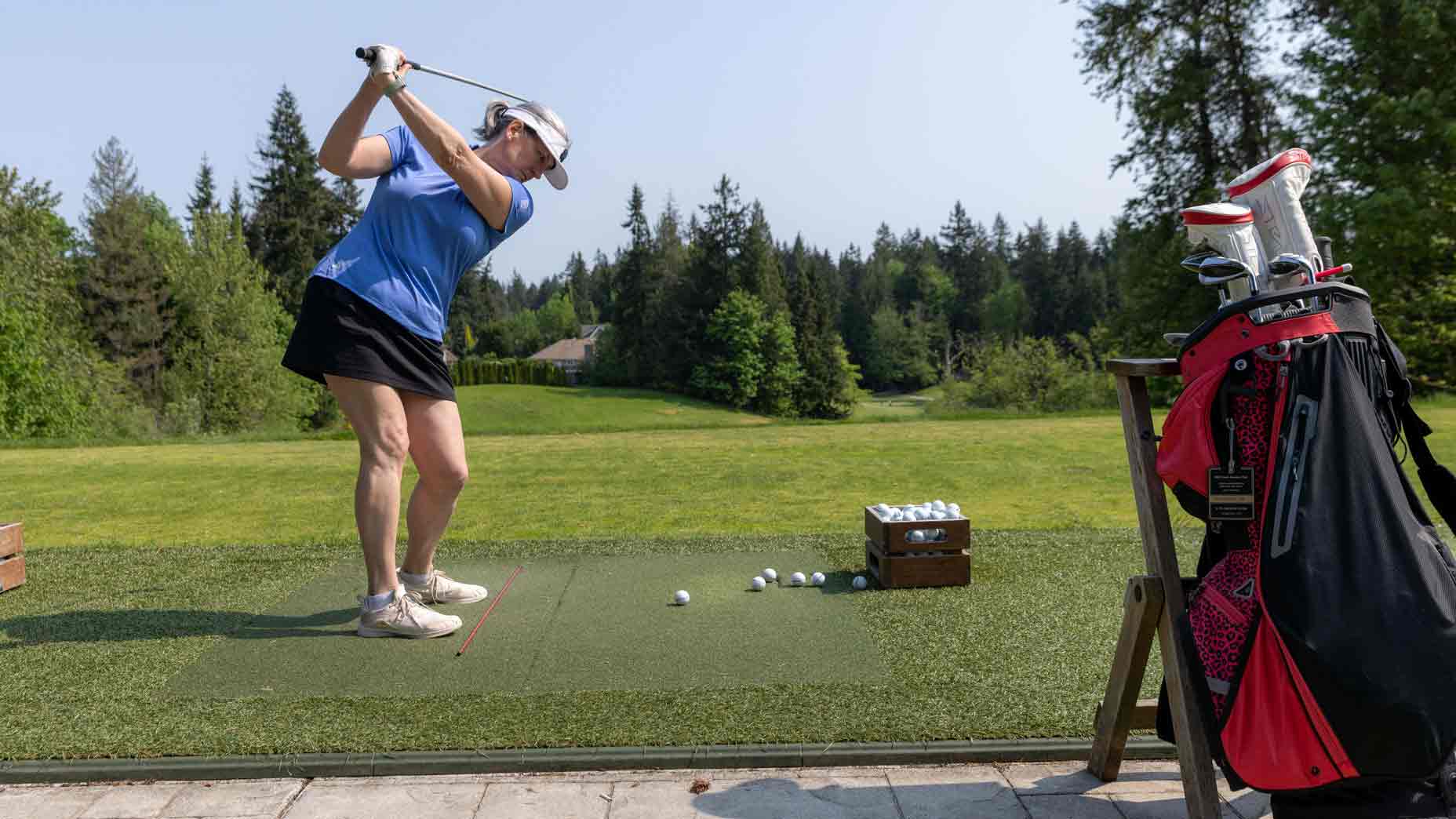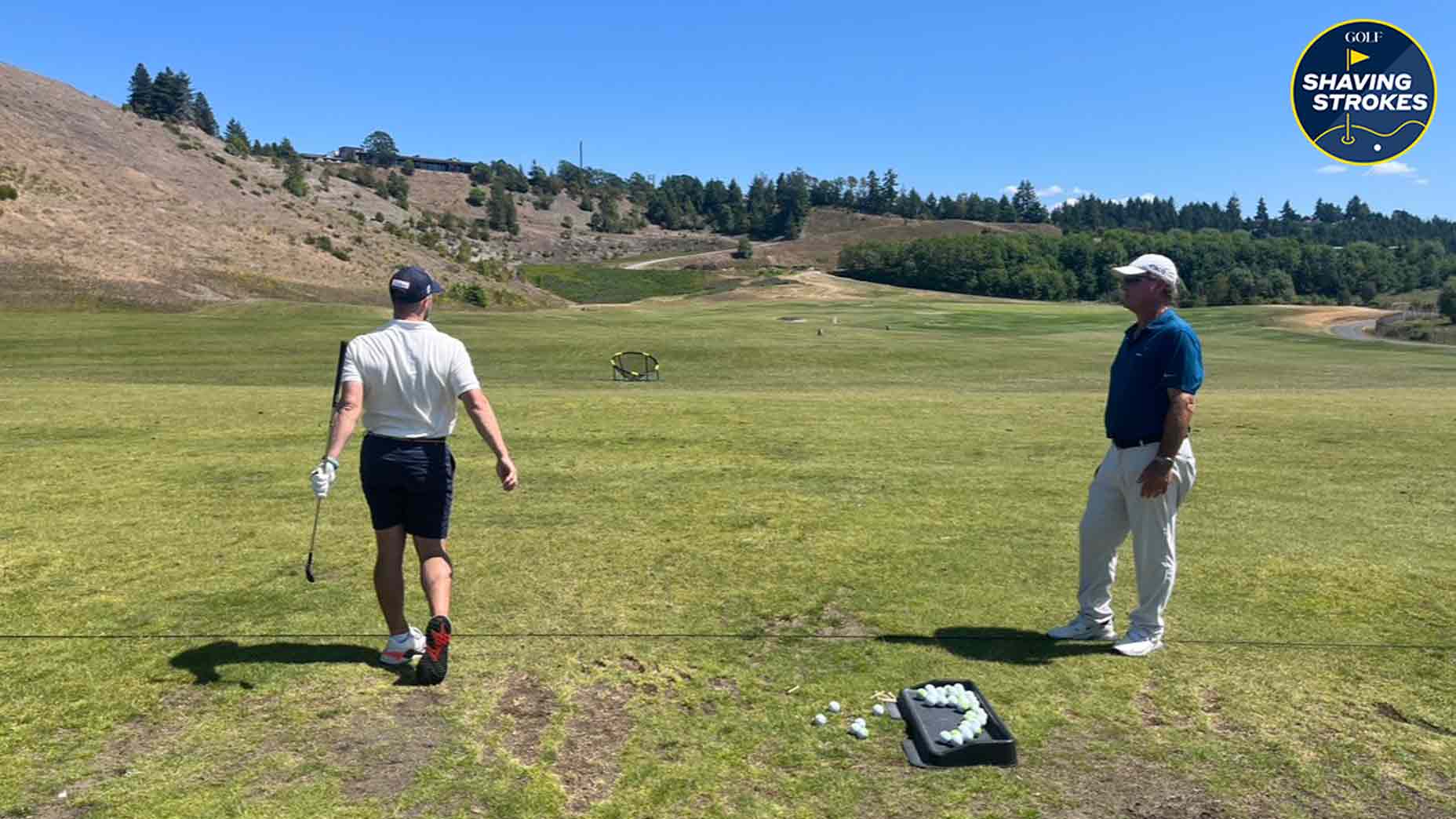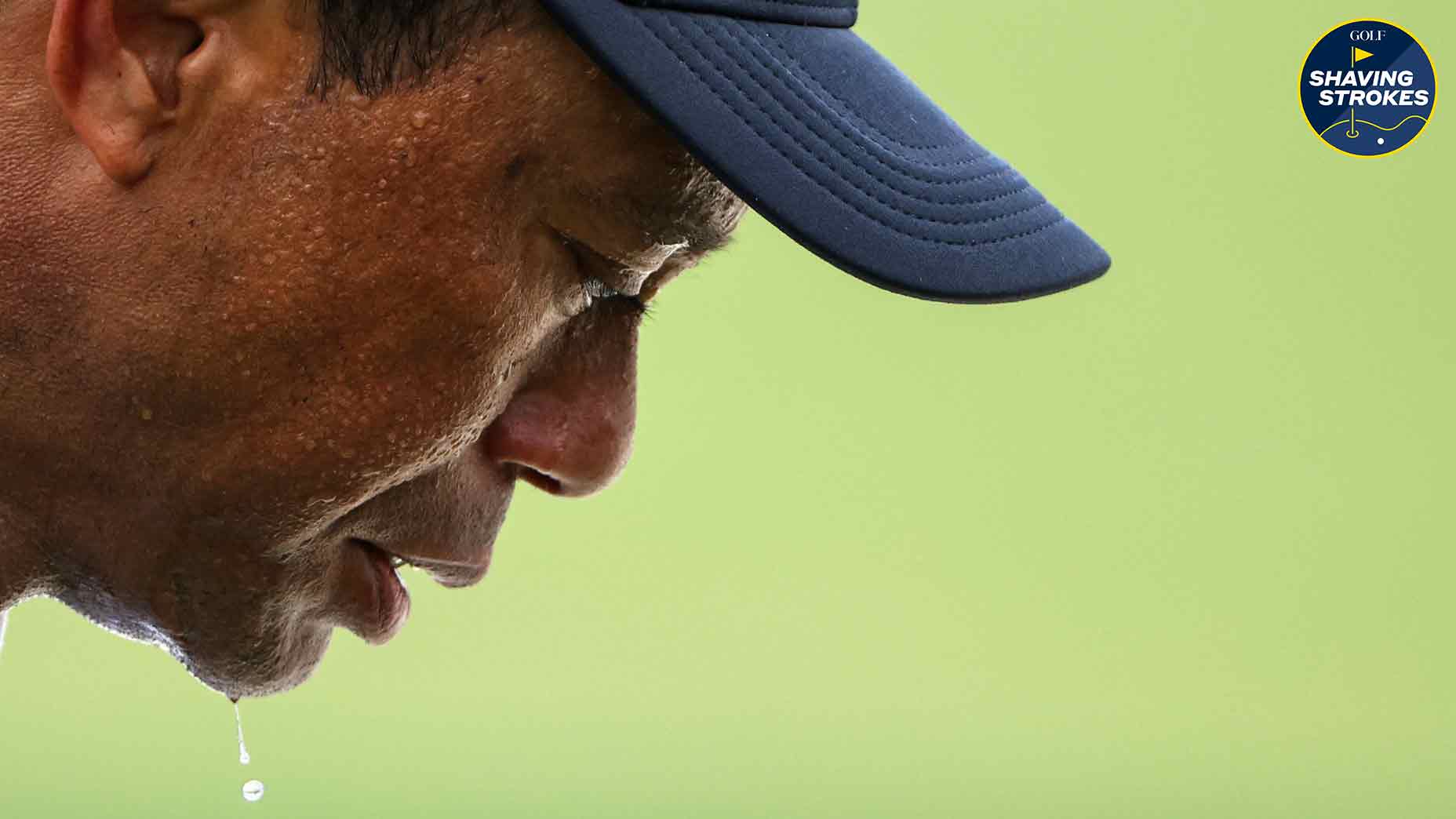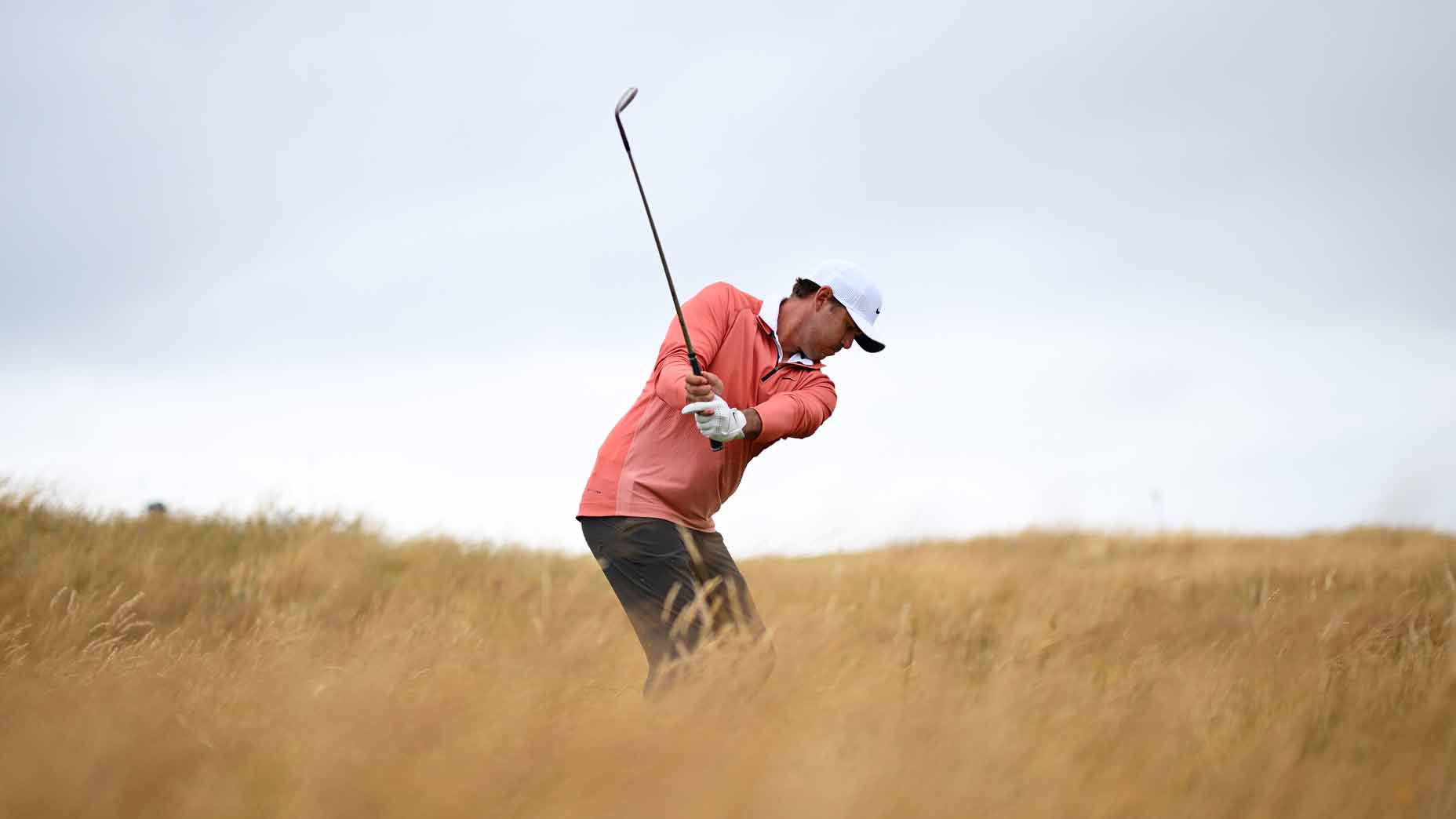How this high-handicapper shaved 13.5 strokes to win a local golf challenge | Most Improved Golfers in America

Working with the USGA, we identified the most improved golfers in America. Here's how one dropped her handicap by 13.5!
Daniel Mogg
More than three million players carry a USGA handicap. In a collaboration between GOLF and the USGA, we were able to identify five of the most improved golfers in America, who lowered it, percentage-wise, more than any other players in the past year. Each player is proof that there’s always a chance to shoot your dream score. Don’t have a handicap yet? Sign up for one right here.
***
ICYMI: How this single-digit handicap became a scratch player
ICYMI: How this amateur went from shooting in the 90s to breaking 80
ICYMI: How this college kid used a deal with his dad to lower his golf scores
Diane Patton, 56, Bothell, WA / Handicap change: 37.3 to 23.8 (36% improvement)
In her own words, Diane Patton doesn’t think she’s a very good golfer.
“I definitely feel like I’ve come a long way, but I still see so much room for improvement. So it’s just all been a little surreal, I guess.”
The surreal part that Patton mentions? The feeling of becoming the female winner of Washington Golf ’s “How low can you go” challenge in 2022, when she took her handicap from a 37.3 to a 23.8 in just five months.
An assistant attorney general in Washington State, Patton’s warm and humorous demeanor isn’t what you’d expect from someone with her serious job title. But that’s part of her secret to improving in golf: understanding that the game keeps her humble.
“Even the top professionals have to work on their game,” she says. “It’s fun to get out there when it’s mid-70s with no clouds in the sky, but it can be frustrating when you don’t see the scores you want. Whereas, the next day, you can go out and shoot five strokes better. So that’s a good feeling.”
With all due respect to Patton, any golfer capable of shaving 14.5 strokes off their handicap is a good golfer — despite her modesty. She credits working with a teacher to find balance and confidence.

“That was really huge, to be able to go long and straight [off the tee] and then follow up with a long and straight iron. I actually had to start learning what distances I could go with my different clubs, because they made a difference, which it hadn’t before.”
Patton is proof that hard work, the right fundamentals and some self-confidence can help any amateur player accomplish their personal goals.
“Eventually, you figure out what works and what doesn’t,” she adds. “I’m going to do all the things [to keep getting better]. I’m going to get my annual pass to the range. I’m going to keep running out there and play nine holes at six in the morning. I’m going to sneak in as many rounds as I can. And the more I’m out there, it just gets better and better.”











